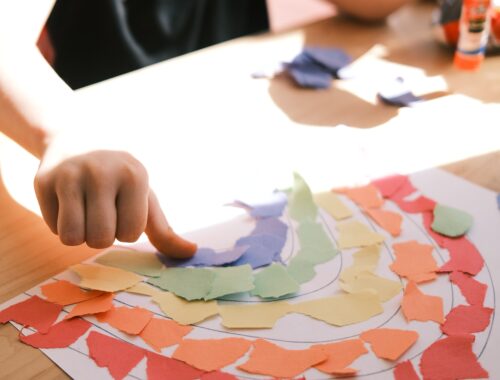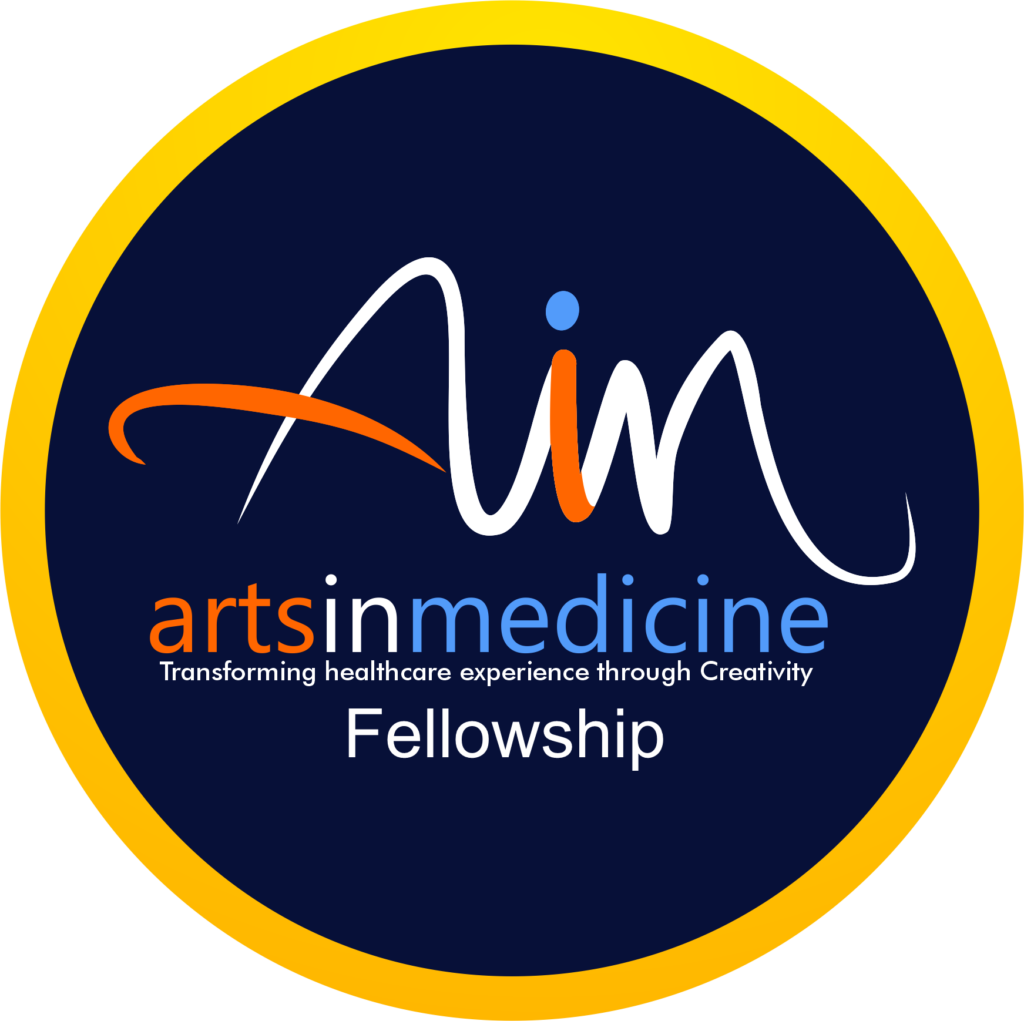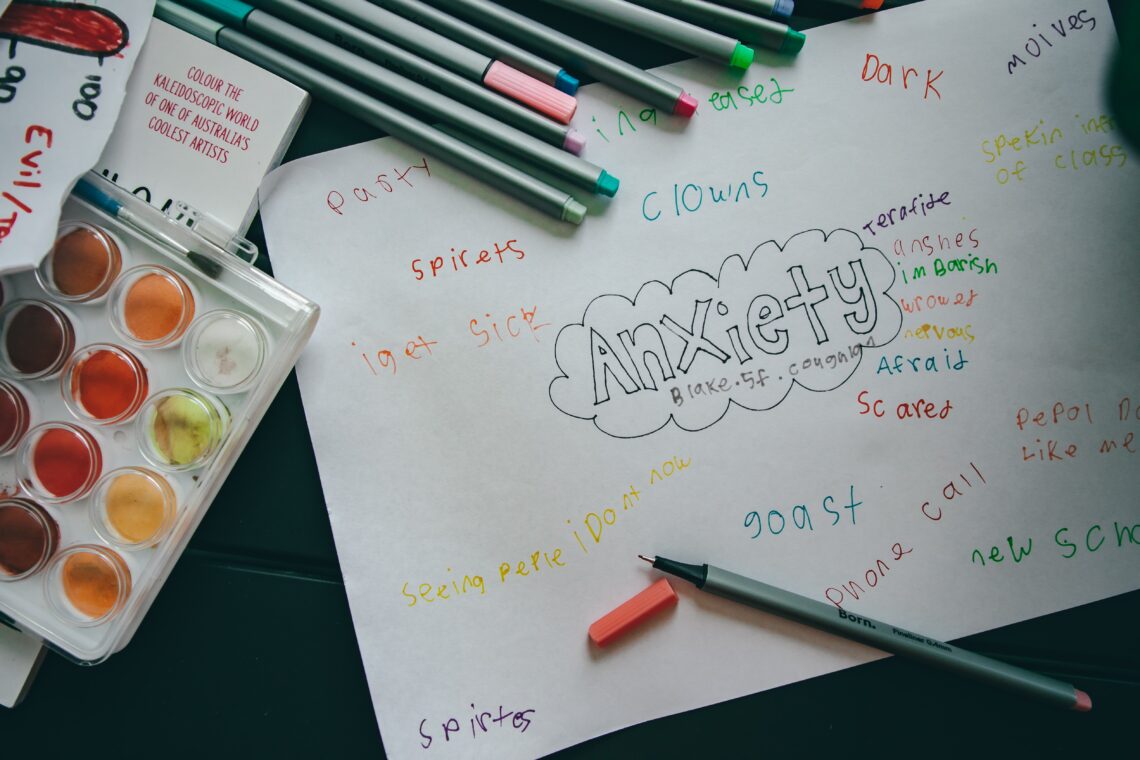Here Are 3 Things People Really Think About Art Therapy
A generation ago, if you mentioned the word “art” to someone, they would have imagined a random sculptor, portrait or paint artist, like Picasso, Michelangelo, Frida Kahlo or Van Gogh. Cliché I know. If you went as far as telling them that someday you’d want to pursue a career in the arts, they might have given you a confused look or a blank stare. Nobody would have taken you seriously. Worse still, you would have been in for a lecture on how art is for weasels, and unless you were born with a special gift, then don’t even bother.
Today, this view is gradually shifting and has in many ways erupted the health industry and therapeutic space. People have started embracing what is called art therapy. What do you think of when you hear the words ‘art therapy?’ Does a therapist for artists cross your mind? Or do you imagine a person who teaches art to children?

The above are common fallacies that people hold about art therapy. Although the word ‘art therapy’ is interchangeable with art psychotherapy and has various definitions assigned to it, its common element includes it being an expressive channel that primarily uses art and the creative process as modes of communication. People of all ages benefit greatly from these methods.
In 2020, when I was getting ready to transition from the pharmaceutical industry towards the holistic health and wellness industry, I came across someone who I would later come to know and work with. His name is Adekunle Adewale and he is the Founder and Director of the Arts in Medicine Projects. Before meeting Kunle, I’d envision working and collaborating with people in the creative space who also had a passion for health and wellness. With his organization, Kunle has been able to provide educational tools and resources to facilitate healing in the health and wellness industry, thereby disrupting archaic and dinosaur models and approaches to health and healing. The Arts in Medicine project provides education, awareness, research and practical interventions through the arts and thought leadership.

Earlier this year, I was invited to attend the National Arts in Health Week (NAIHW) that was held in Nigeria. Although I was not physically able to be in Nigeria, I participated online. The event which began on 8th May 2022 and lasted until 14th May 2022 was organized by the Arts in Medicine fellows. The event itself was backed up and supported by organizations like the Federal Ministry of Health, the WHO Collaborating Center for Arts & Health, the Society of Nigerian Artists, the Sickle Cell Foundation of Nigeria, the African Artists Foundation and the CCA Lagos (Center for Contemporary Art, Lagos) among many others. Each day, from around 10 am WAT (West African Time) until 8 pm WAT, workshop programs, masterclasses, and 1 hour long presentations were given by members of the fellowship on various topics including but not limited to the following:
- Inspirational Stories on Arts, Music and Dance for Health, Wellbeing and Social Change
- Therapy and Storytelling for Wellbeing
- Ethics and Drama Based Intervention
- Arts for Social Justice
- Words and Wellness
- Journaling for Mental Health
- Awareness On The Art of Food
- Dance and Movement Therapy for Mental Health
- Arts and the Environment: Protecting The Ecosystem Through Creativity
- VR Film Screenings with Patients and Children Living with Cancer
- Improving Blood Availability Using Arts, Technology and Advocacy
- Experimental Drawing
- From Waste to Wealth and Wellbeing
- Game Therapy for Seniors, Children and Youths
After witnessing the incredible display of talent, skill and expertise, I was inspired to become a fellow and in August 2022, I took the leap and applied for the fellowship. I got accepted. By early September I had already joined forces with a team of health practitioners and fellows from the Americas, Greece and the UK. We came up with a project and delivered it to our target population. Read all about the fellowship here.
There are many misconceptions about therapy in general that contribute to the stigma of seeking help for mental health issues like depression, and anxiety. Over the past year, I have spoken with individuals based both in the United States and in Nigeria, my home country and they have confirmed that people have become more, not less anxious and depressed. When it comes to art therapy, many people have misunderstood and underestimated the power of expressive arts in healing and health spaces.
Here are 3 common misconceptions:
Misconception #1: Art therapy is not real therapy
When I was a regional manager at an ethical pharmaceutical company I worked for, I was assigned different hospitals and universities to monitor ongoing research and in some of the rooms I visited, where data was collected and patient care was being administered, I noticed a recurrent theme. Every room had a piece of art embedded in it and on the wall. Each hallway contained fantastic pieces of artwork which contributed to beautifying the environment and fostering an atmosphere of healing though many were often unaware of it. Most people fail to realize the healing properties that art has. The use of art provides the best possible experience for patients who are unable to leave the hospital for debilitating conditions as it helps them appreciate color, essence, and beauty. As a result, there is a growing interest in healing arts which leads to often enriching opportunities during hospital stays. With this demand for healing arts on the rise, people are answering the call, which is why I was delighted when I partnered up with art therapists, a gynecologist, a counseling psychologist, a bead and paper artist, and a registered nurse to provide healing tools for the Military hospital in Parana, Argentina. Read more about it here.
Misconception #2: It’s just arts and crafts
Art therapy is so much more. As a life coach, I needed to expand my ways of thinking to incorporate art into my practice which led me to create YourAffirmationsDaily, a community platform that presents daily images of encouragement coupled with affirmations to enhance clarity and decision-making. You can join the growing community here.
Art therapy is a mental health profession that is regulated by a professional body. The aim of art therapy is to support the challenges, and any limitations caused from mental, physical, behavioral, social and emotional difficulties. The art process helps the individual to consider what the image represents and how it is relative to his or her life. This psychotherapeutic intervention is modified to suit the needs of the individual.
Misconception #3: You will have to make art during every art therapy session

As I mentioned earlier, art therapists are trained psychotherapists. Therefore, there may be sessions when the client decides to just talk or engage in a different type of therapeutic experience such as breathing exercises, dream work or more body-centered work such as mindfulness or breathing exercises. Some sessions may even be devoted to “problem-solving” skills such as creating daily schedules, chipping away at fears or building other life skills.
To book a free, 15-minute phone consultation with me, click here. To read more about Arts in Medicine projects, click here or visit their website at www.artsinmedicineprojects.org
This list focuses on 3 common misconceptions about art therapy as I am sure there are many others.
Do you have other questions about art therapy either as a future client or as a profession? If so, please feel free to post a comment under this blog post and I will post a reply!
**Erica weaves themes of transformative hope and grace-filled leadership into everything she shares on her blog. She’s an author, a speaker, and a life coach, who offers honest encouragement and road-tested wisdom about topics ranging from leadership and lifestyle, to discovering your God-crafted identity, design, and purpose.
This post is sponsored by: https://hype.co/@ericakenechi